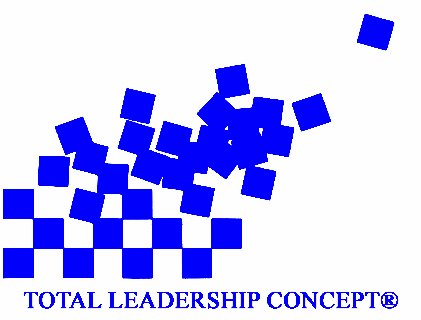
Abilities
Arousal
Attitude
Behavior
Beliefs
Competencies
Engagement
Environment
EI
Experience
Feelings
Intention
Motivation
Nature and genes
Organization
Performance
Performance Improvement
Performers
Process
Results
Skills
Social Pressure
Talent
Understanding
Values
An organization is a process that converts various resources into products and services, which is then provided to the receiving system or market place (external environment). The organization is guided by its own criteria and feedback, but is ultimately driven by feedback from the market.
An organization adapts to it environment or ceases to exist. Usually, after some years, many excellent companies goes down. The reason? The majority failed to respond adequately to changes in the external environment. And to adapt means the organization has to plan for it; for adaption is a process, not an event.
Internal Environment
Although the internal "environment" has a lot of meanings within organization development circles, such as culture or climate, we are mainly concerned with the surrounding area in which the front line (employees) perform their work, to include ergonomics (design of work area), processes, equipment, and the immediate surrounding structure.
Often, an employee cannot perform to standards due to inefficient processes, poorly designed jobs, lack of tools or equipment, or a badly designed workstation. Performance improvement processes must consider these factors.
Culture and the Environment
The reason the human species dominates the planet and gorillas are in danger of extinction lies not in our 5 percent of special DNA or in our ability to learn associations, or even in our ability to act culturally, but in our ability to accumulate culture and transmit information, across the seas and across generations (Matt Ridley)
Culture means
two different things:
- High art, discernment, and taste, such as the "opera."
- Ritual, tradition, and ethnicity.
The first meaning came out of the French Enlightenment, the second out of the German Romantic movement. Franz Boas brought the German usage to America and planted the idea that culture is what sets people free from their nature.
Michael Tomasello
of Harvard has theorized that only humans can place themselves in other's
mental shoes. We alone understand the goals of other animals' behavior,
thus only we can engage in cultural learning. Although animals can learn
to imitate certain behaviors, it becomes much more profound when the
imitator has gotten inside the head of the model. It is the first part
of our culture acquisition device, with the other parts being language
and manual dexterity .